How to use the Sonos Arc on a TV without eARC (and get Dolby Atmos)
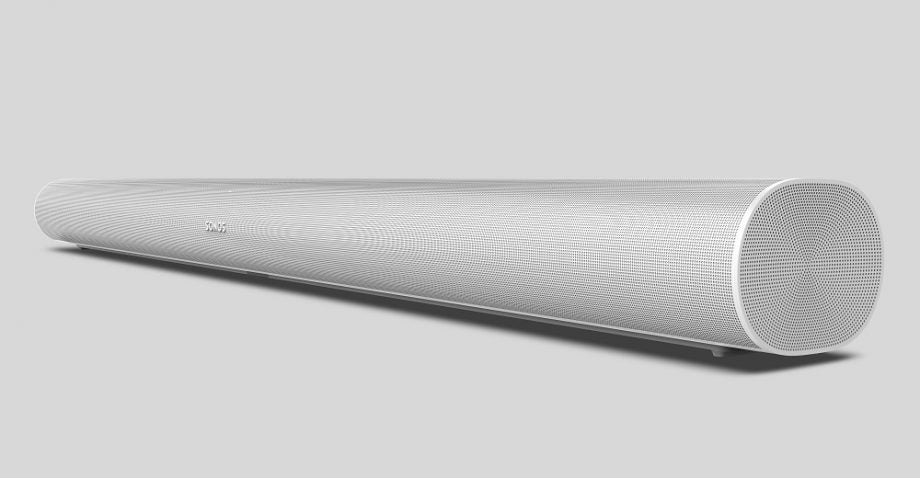
Without an HDMI eARC connection the Sonos Arc can not deliver the best-quality sound – we show you how to maximise sound quality with your slightly older TV.
The Sonos Arc is the company’s first steps into the world of high-definition home cinema audio, delivering Dolby Atmos 3D sound.
Yet, as good as this move is, there’s potentially a problem for many people: the Sonos Arc only has a single eARC HDMI input, so what does this mean if you don’t have the same type of port on your TV? The answer depends on the type of TV you have, how old it is and the types of ports you have available.
Related: Sonos Arc review
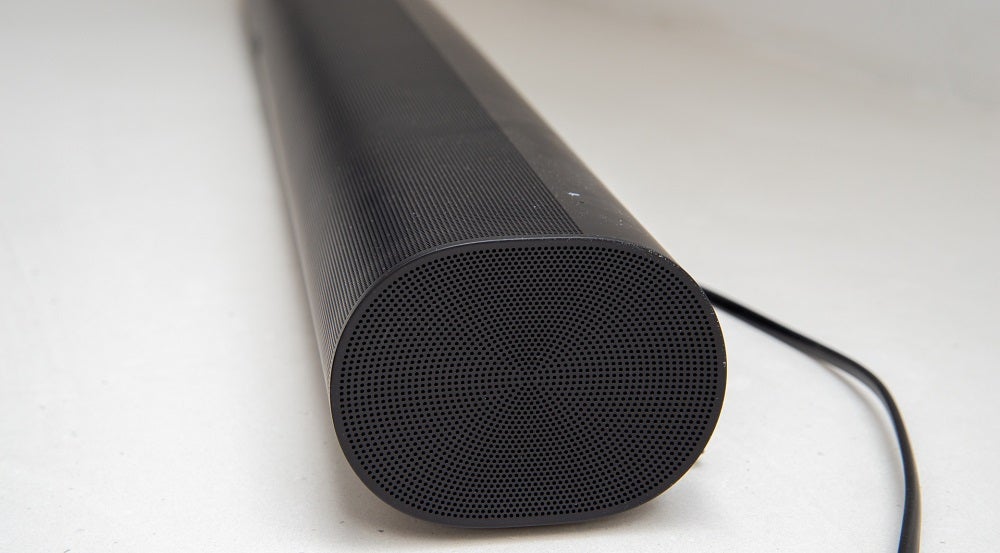
What is HDMI eARC?
The HDMI Audio Return Channel (ARC) was designed to let audio flow in the opposite direction to a soundbar or home cinema amp. Designed as an upgrade to Optical S/PDIF, HDMI ARC has a maximum audio bandwidth of 1Mbps (S/PDIF is limited to around 384Kbps).
In addition to boosting bandwidth for higher-quality audio, HDMI ARC also supports HDMI CEC, which means your TV’s volume controls can adjust sound on the external device, and there’s built-in lip-sync correction, too, although this often needs manual adjustments to make it work properly.
The problem is that high-quality uncompressed audio, such as Dolby TrueHD, needs more bandwidth and won’t run over HDMI ARC. This is where HDMI eARC comes in, with an increased bandwidth of 37Mbps, and improved lip-sync.
HDMI eARC is backwards compatible with HDMI ARC, and can switch to the lower bandwidth option for compatibility with older devices. So, an HDMI ARC on a TV can be plugged into the HDMI eARC of the Sonos Arc.
Which TVs have HDMI eARC?
Although HDMI eARC can technically be implemented on HDMI 2.0b ports, the reality is it’s only TVs with HDMI 2.1 ports that support eARC. Effectively, unless you’ve bought a TV in the last 18 months or so, it’s unlikely that you’ll have HDMI eARC, which means you can’t run the highest-quality audio into the Sonos Arc.
If you are lucky enough to have HDMI eARC (the port on the back will be labelled as such), then the full high-quality signal can be passed through to the Sonos Arc.
Related: What is HDMI 2.1?
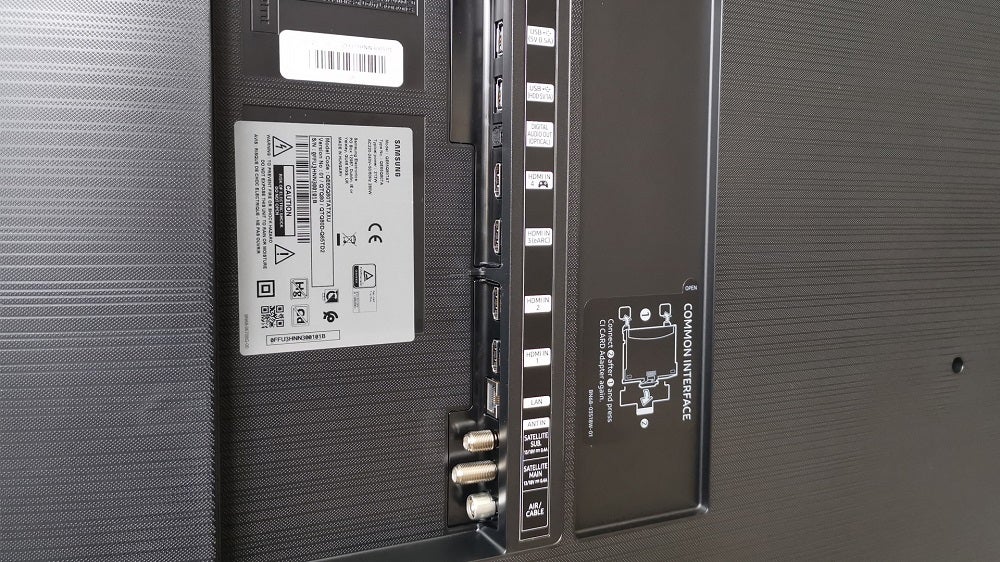
Can’t you connect a device directly to the Sonos Arc through an HDMI splitter?
HDMI eARC (and ARC before it) output sound on different pins in the HDMI cable than with a regular HDMI port. So, sound goes from a device (or app) into the TV, which then outputs the sounds on the right pins to the external device connected via eARC or ARC.
It’s more than just sound being on the right ports, as there’s a handshake that has to go along with the connection: this sorts out how sound is synchronised, plus the HDMI CEC control information.
Even if you buy an HDMI 2.1 splitter and send one cable into the back of the Sonos Arc, you won’t get any sound out of it at all. Unfortunately, there are currently no external sound boxes that can convert a signal into HDMI eARC, either, although some companies are looking at creating one.
If successful, you’d effectively have an external box with an audio output that would feed the Sonos Arc, and a video output that runs to your TV.
What happens if my TV only has HDMI ARC?
If you’ve got a TV with HDMI ARC only, then you can’t get full uncompressed audio into the Sonos Arc. Instead, some form of lossy, lower bandwidth codec has to be used. What happens, depends on the type of TV that you have.
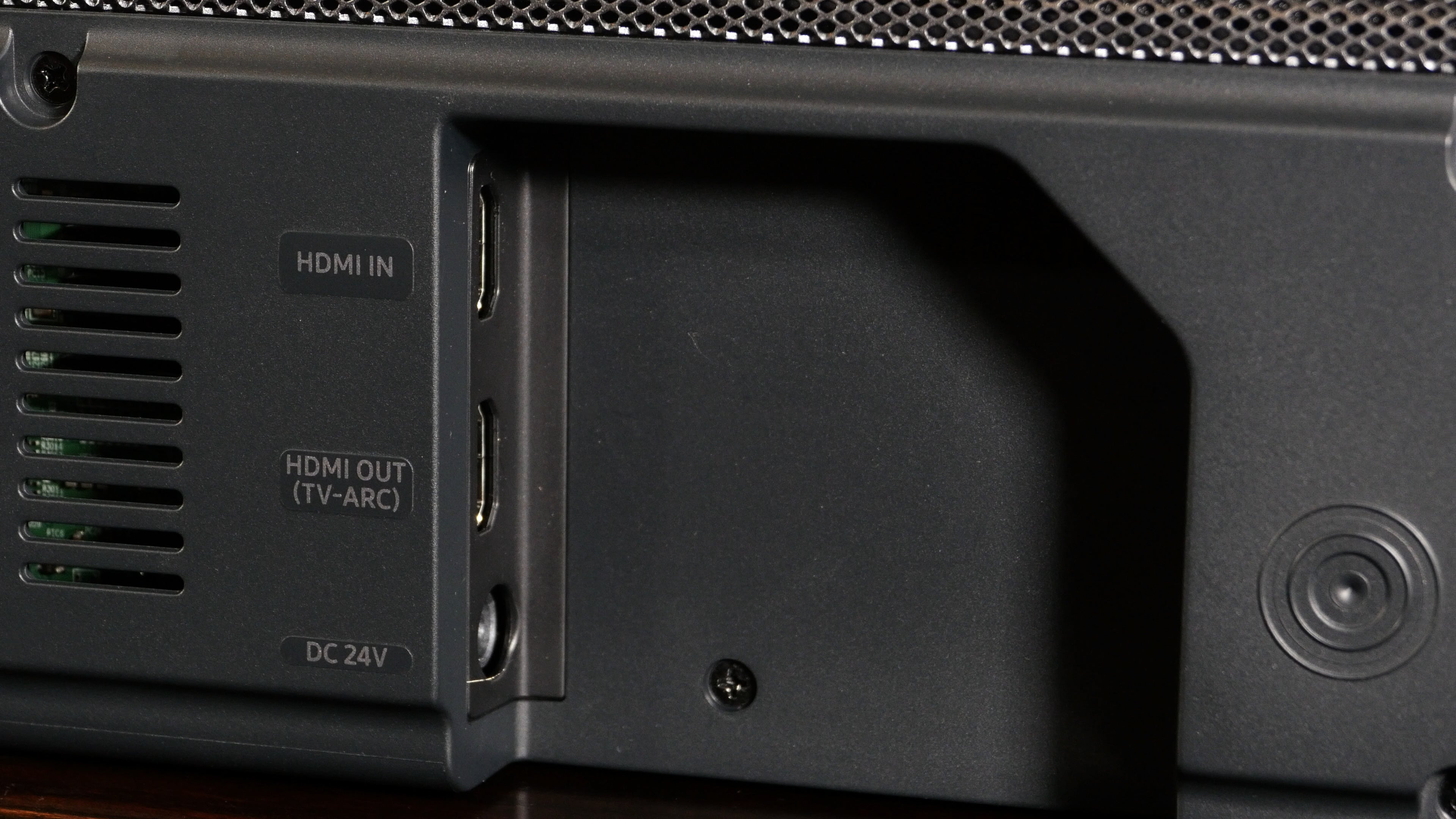
There’s a bit of overlap, but the general rule is that if you have a TV built before 2016, it can use Dolby Digital, the oldest standard, for compressed 5.1 sound. If you’ve got a TV made after 2016, then it will most likely support Dolby Digital Plus, which is encoded in rates of up to 768Kbps, and supports 7.1 channels of audio.
Dolby Digital Plus is an advanced codec, designed to sound as close to the source material as possible, delivering higher-quality audio than Dolby Digital while using a lot less bandwidth than Dolby TrueHD. However, Dolby Digital Plus still uses lossy compression, so some detail is stripped out; Dolby TrueHD uses lossless compression.
What about Dolby Atmos?
If you’ve got HDMI eARC, then you can get Dolby Atmos at the highest quality with any Dolby TrueHD source, such as an Ultra HD Blu-ray player. This will move the full-quality sound through your TV to the Sonos ARC.
Streaming services that support Dolby Atmos don’t use Dolby TrueHD as it’s too bandwidth-heavy, and instead encode Atmos using Dolby Digital Plus, which is encoded at between 384Kbit/s and 768Kbit/s. So, if you watch Netflix or Disney Plus, then you’re still getting a compressed version of Dolby Atmos.
The good news here is that if you have a TV with HDMI ARC that supports Dolby Digital Plus and Dolby Atmos, then you’ll get the same quality from streaming services as on a TV with HDMI eARC.
Things get a bit more complicated when it comes to external devices. Blu-ray and Ultra HD Blu-ray discs only carry Dolby Atmos as part of a Dolby TrueHD soundtrack, which as we know can’t be passed through to the Sonos Arc, as there’s not enough bandwidth. There is a workaround: if your TV supports Dolby Atmos decoding natively, such as LG’s 2018 OLED TVs, then the TV can decode the high-resolution Atmos input and re-encode it as Dolby Digital Plus to send to the Sonos Arc.
You get a slightly compressed version of the sound, but in practice, it’s hard to hear the difference as the change is subtle.
Related: What is Dolby Atmos
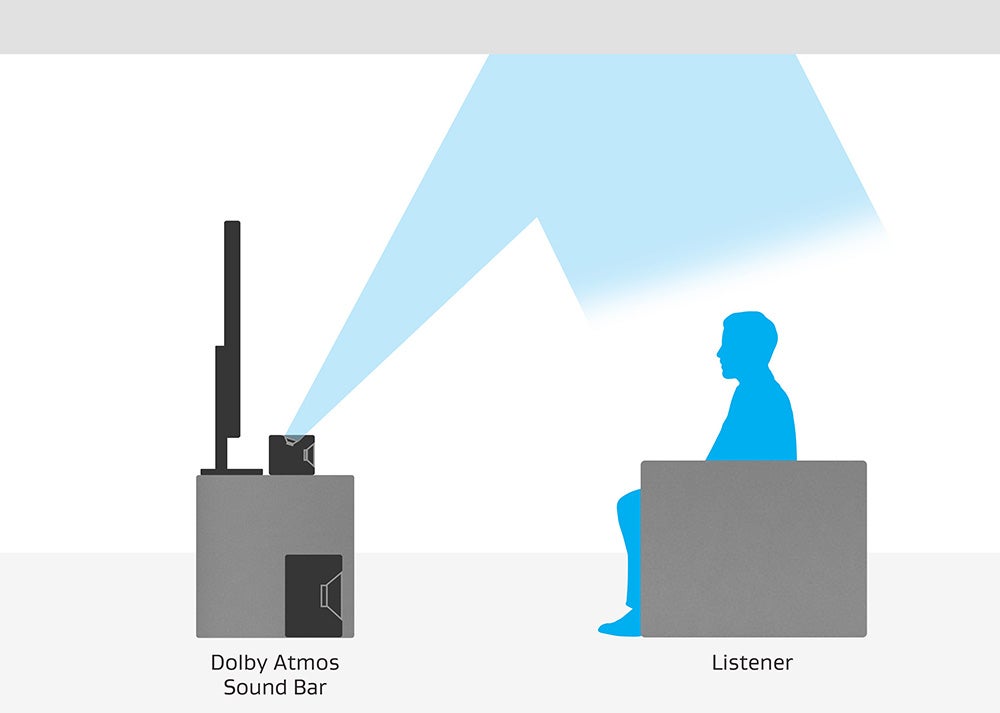
Does Dolby Atmos encoding work with all inputs?
Unfortunately, whether or not a TV can encode Atmos to Dolby Digital Plus still depends on the device and what it’s capable of. For example, Sky Q has Dolby Atmos on some of its programmes and films, but when I fired up the integrated Netflix app, there was no Dolby Atmos content available; using the LG Netflix app, I could send Atmos to the Arc.
What about DTS sound?
Sonos doesn’t support any DTS sound format at all. In fact, if you try and play a disc using any form of DTS sound (original DTS, DTS-HD MA, or DTS:X) you won’t get any sound on your Sonos Arc at all. That’s rather frustrating, as many discs only have a surround soundtrack in DTS audio, and don’t offer an alternative Dolby Digital one. The Arc does support multi-channel LPCM sound, which gives you a way of getting DTS sound into the system. See my guide on how to get DTS on Sonos for more information.
What if I don’t have ARC at all?
If you don’t have a TV with any type of HDMI ARC connection, then you can use the optical adaptor that Sonos provides. As noted above, this will limit you to Dolby Digital with more compression, and therefore lower-quality sound. And, you won’t be able to get Dolby Atmos.
Using the HDFury Arcana as a workaround
Thankfully, there’s now the HDFury Arcana to help. This external box takes an HDMI input, and then send the video to your TV (or projector), and the audio directly to the Sonos Arc using the Arcana’s eARC output. This means that if you have an older TV without eARC, you can get full-quality lossless sound formats sent straight to the Sonos Arc.
It works brilliantly, for the most part, getting around the major issue with the Sonos Arc: it has no regular HDMI input. As the Arcana only has a single input, you can pair it with an HDMI switch to use multiple devices.
Bypassing your TV’s HDMI ARC also has the added advantage that you don’t get the same lipsynch issues that can occur when passing audio through your TV: this can be very noticeable on systems such as Sky Q.
The HDMI Arcana can also take your TV’s ARC output, so you can continue to use its built-in apps and run audio through your TV. I use my LG TV’s built-in Netflix app, and can get Dolby Atmos through the Sonos Arc (via Dolby Digital Plus).
It’s not a perfect system, and it can be a little bit finicky in the way it works: sometimes it won’t pick up the HDMI ARC signal from the TV. I found the best way around the issue is to turn the TV on with the primary input device (in my case, Sky Q). Then, when there’s audio coming out of the Sonos Arc to switch to a built-in app, and it’s happy days. Frequent firmware updates are being delivered, and the Fury improves with each iteration.
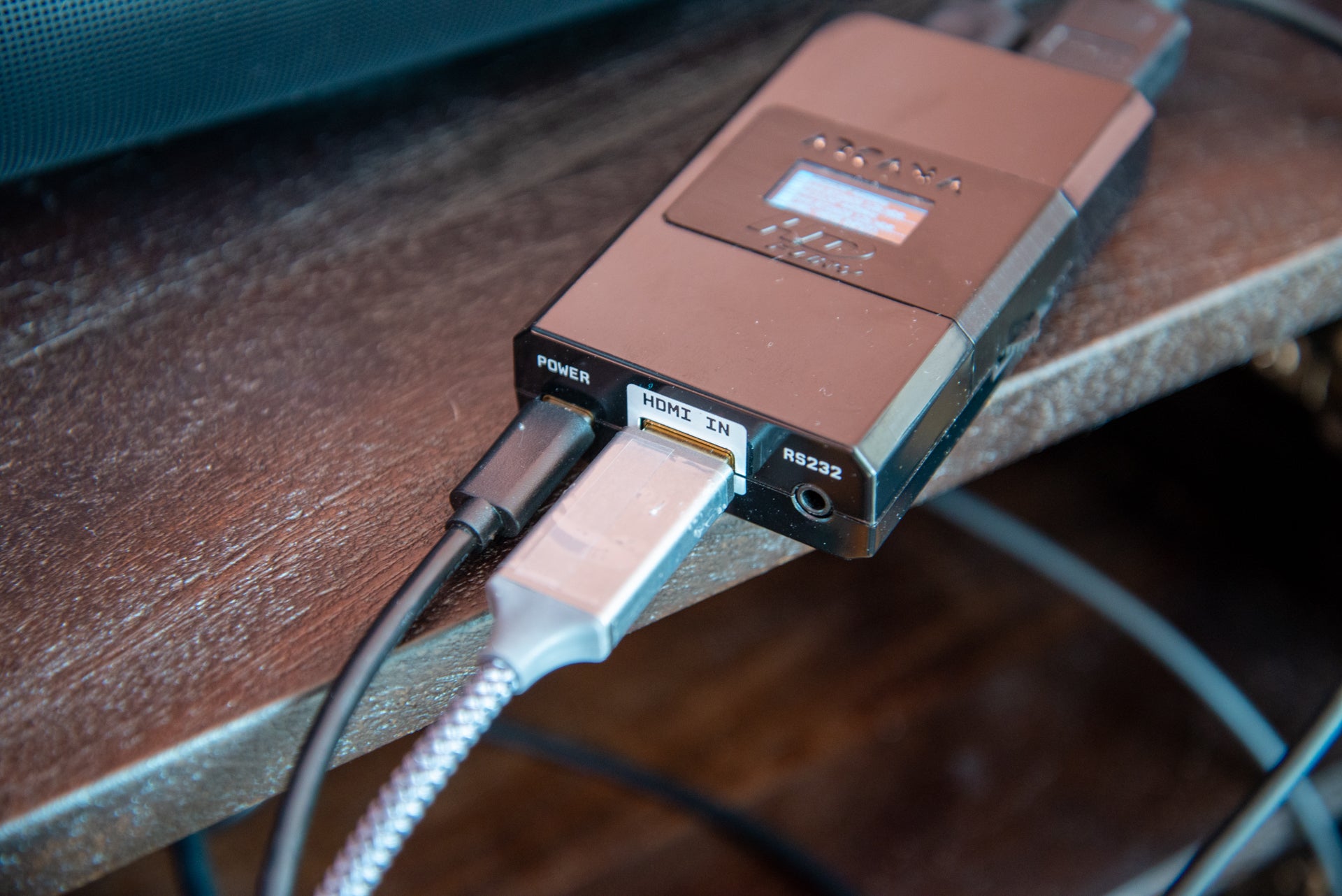
Can I use the Sonos Arc with a projector?
HDMI ARC ports aren’t that popular on projectors, although there are some models that have these. If your projector has HDMI ARC, you need to connect your playback device to the HDMI in port, and then connect the HDMI ARC output port to the Sonos Arc. As far as we can tell, there are no projectors that support Dolby Atmos via this method, and we can’t find any projectors that have an HDMI eARC port for the highest quality audio.
For projectors that don’t have HDMI ARC, you currently need a device that can extract the audio. The HDFury Arcana, as listed above, will do the job and give you full-quality sound including Dolby Atmos. If you’re on a tighter budget, an HDMI extractor that can output audio via S/PDIF, such as the Lindy 4K Audio Extractor will do the job.
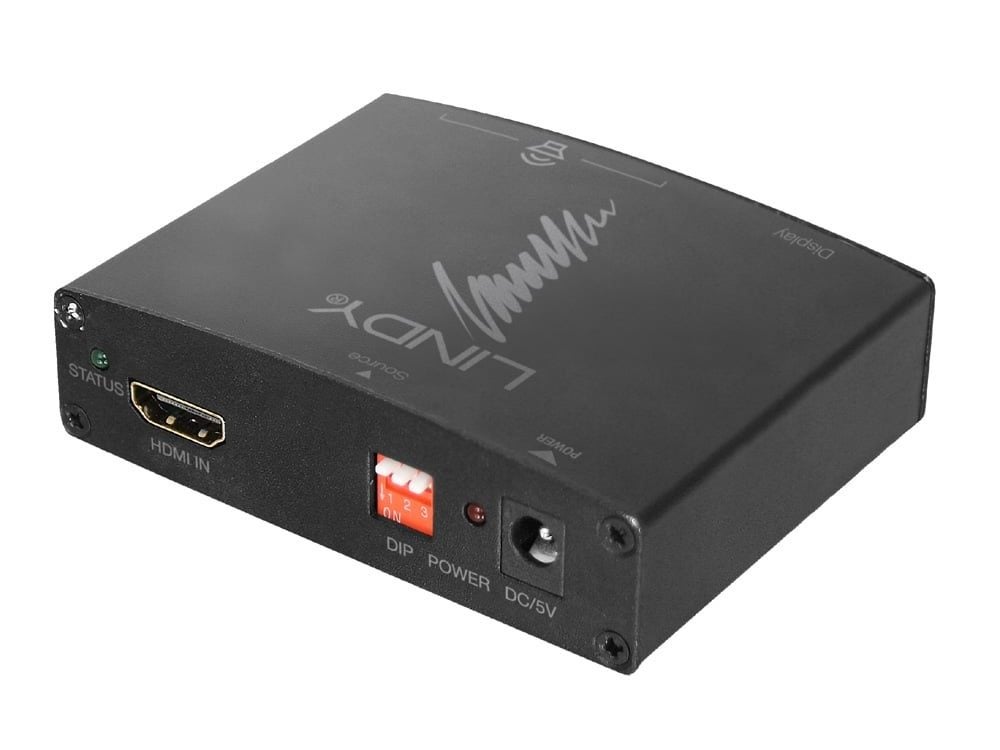
However, doing this limits you to 5.1 Dolby Digital with no surround sound. Given the limitations of using a projector, largely the lack of Dolby Atmos support, you’ll be better off with an alternative sound system or the HDFury Arcana.


